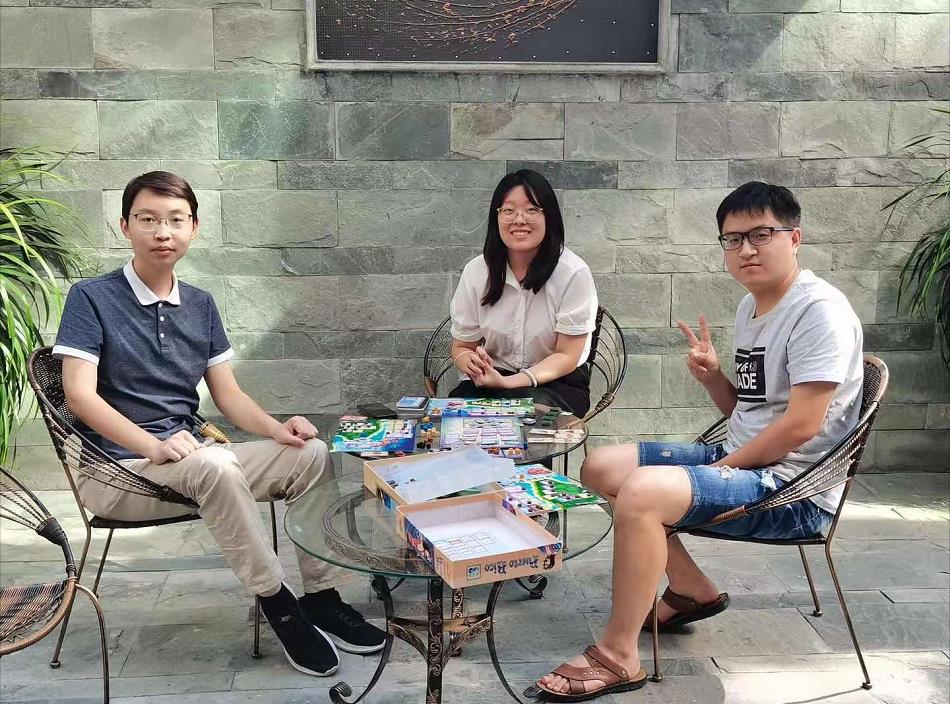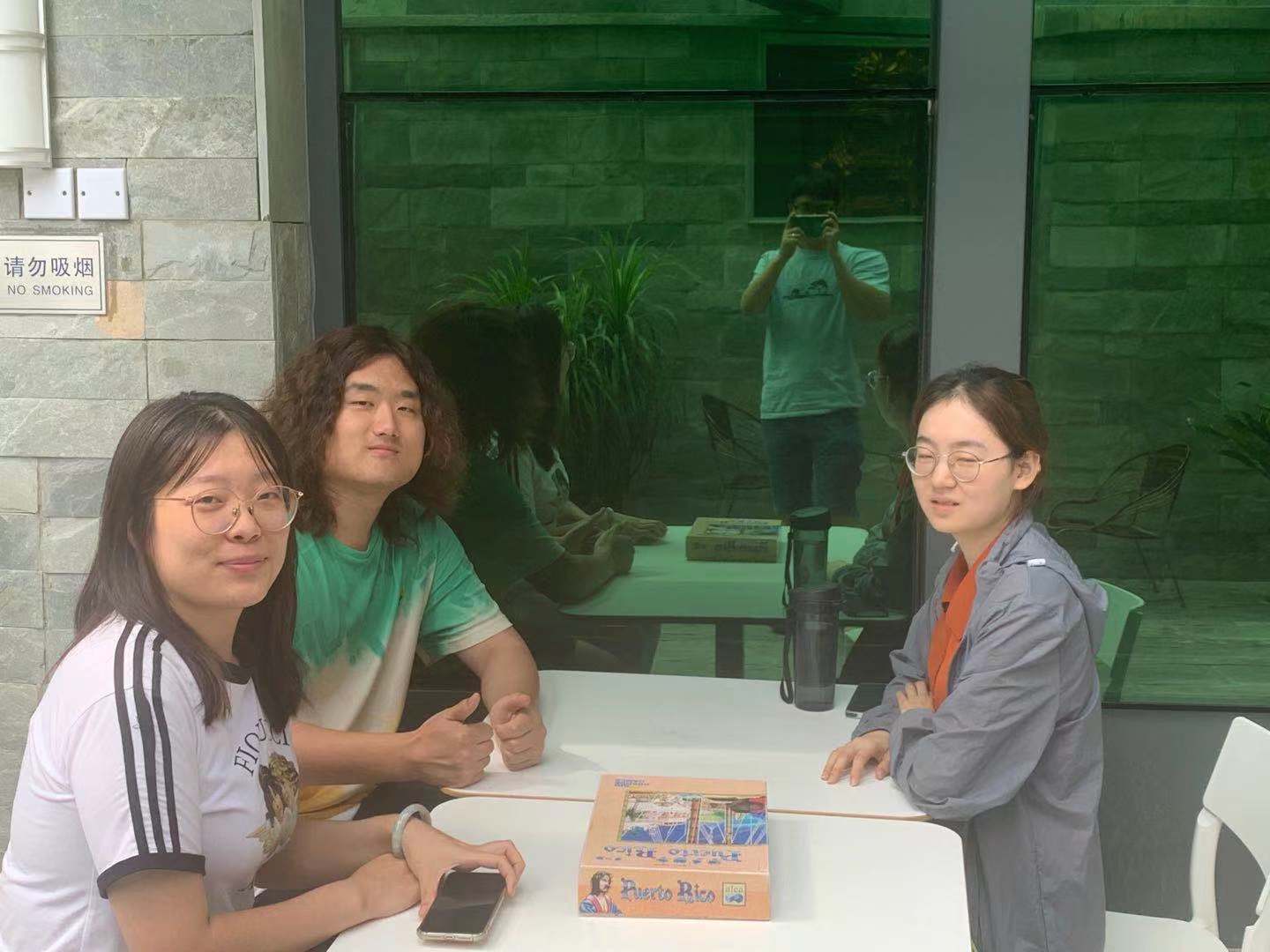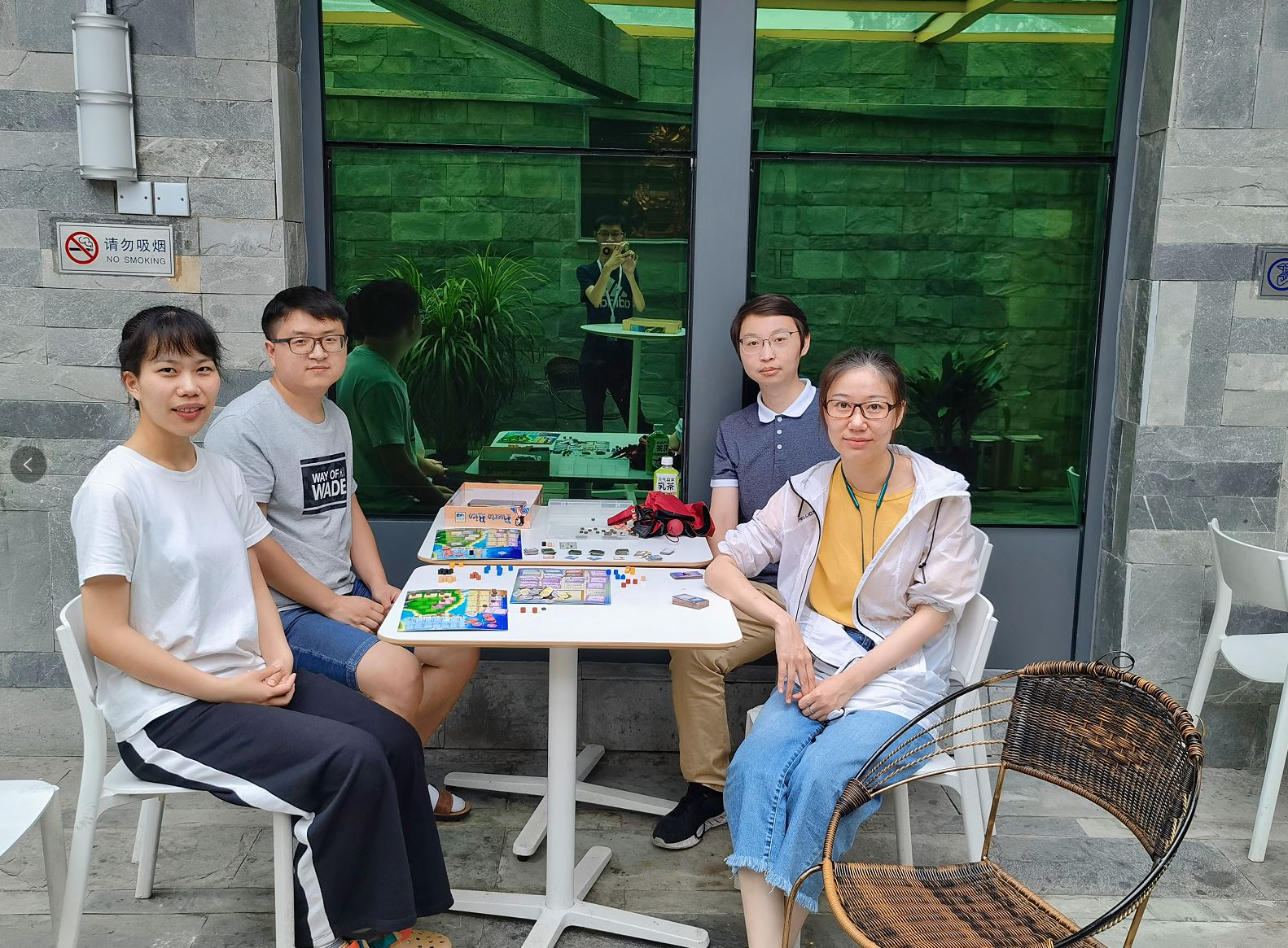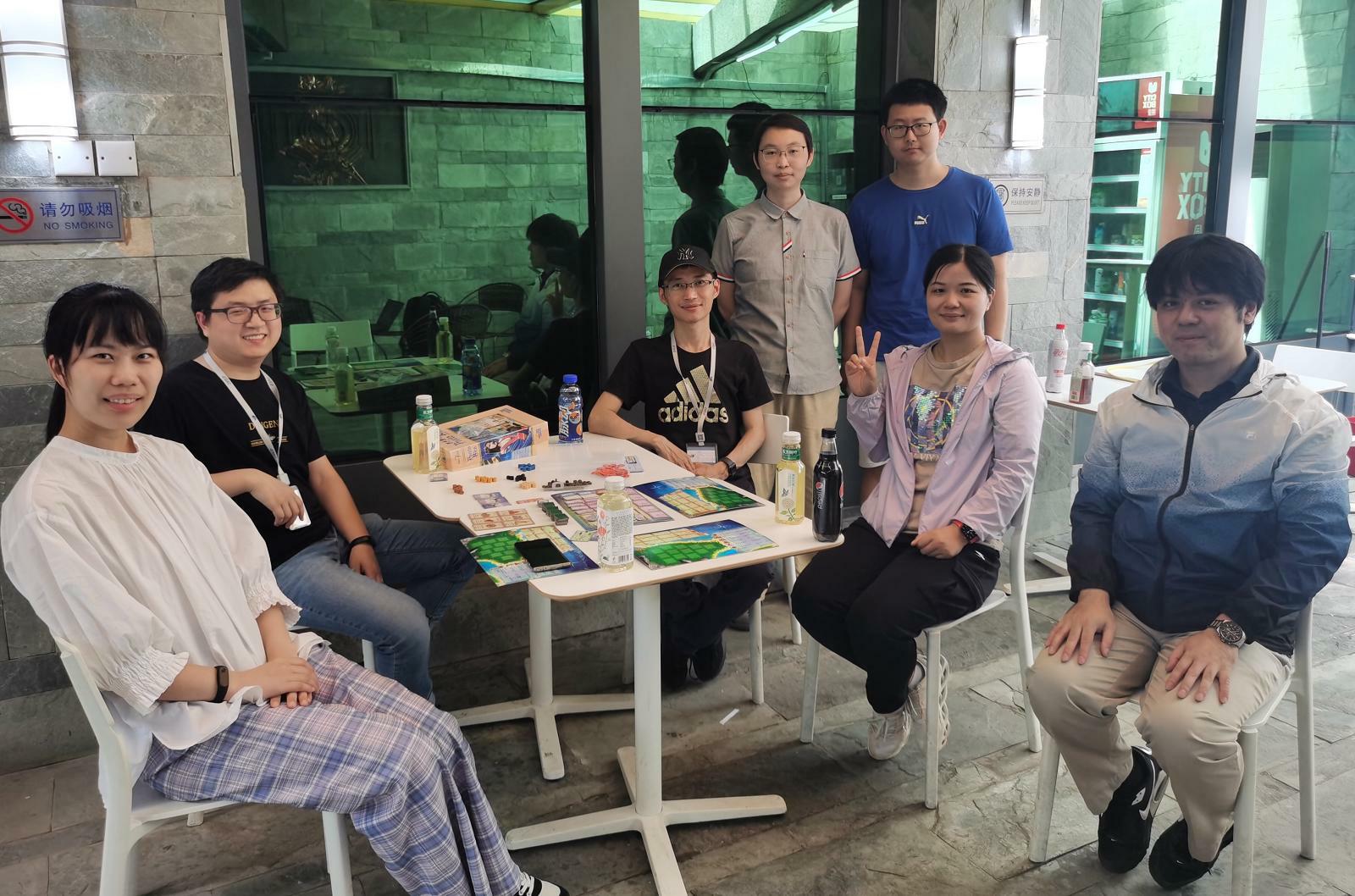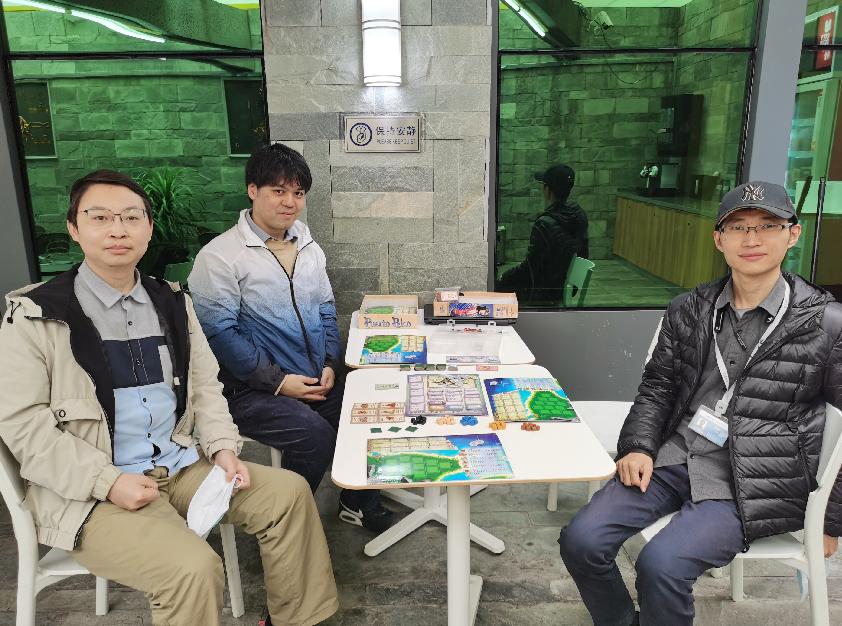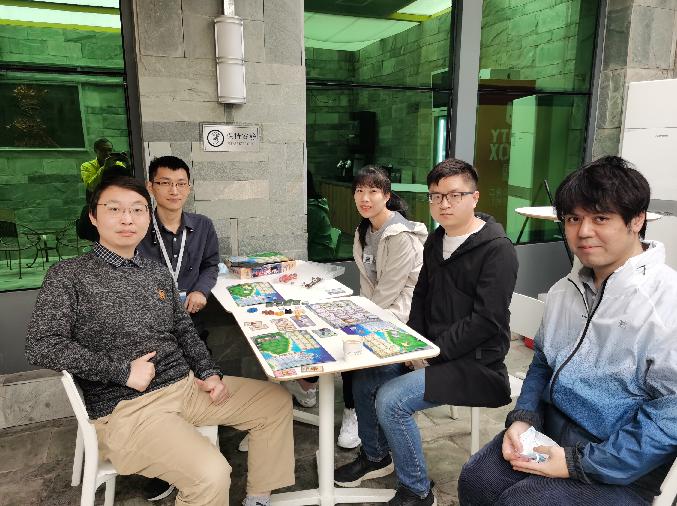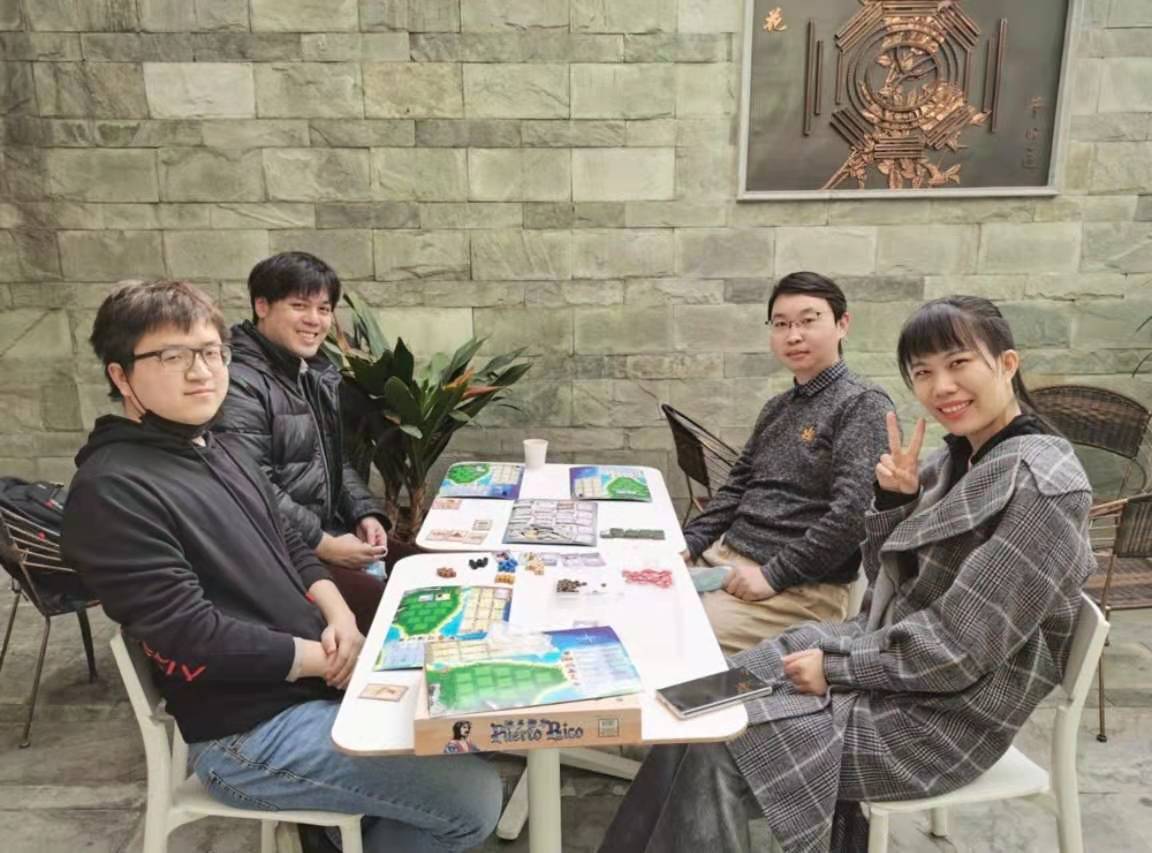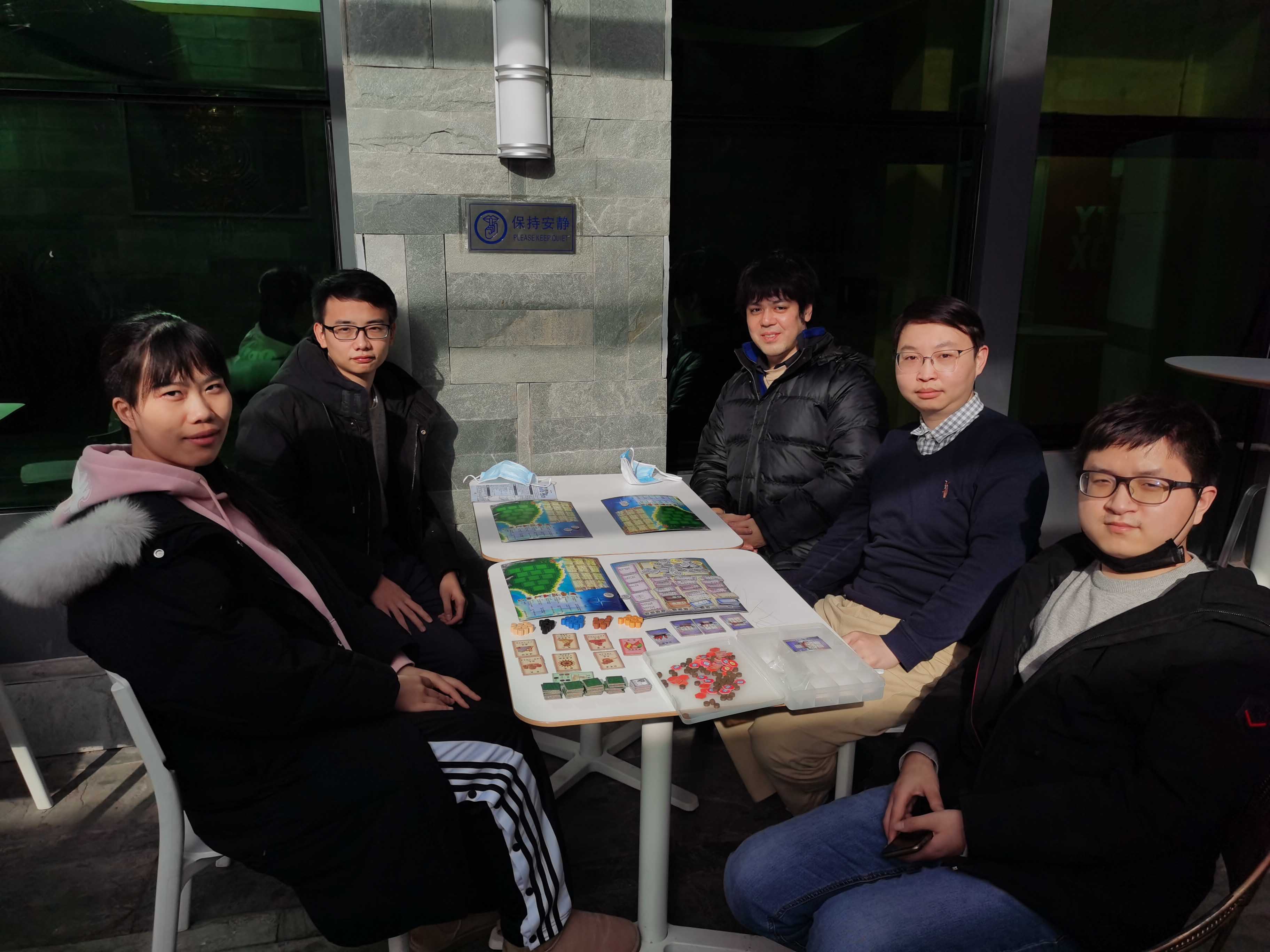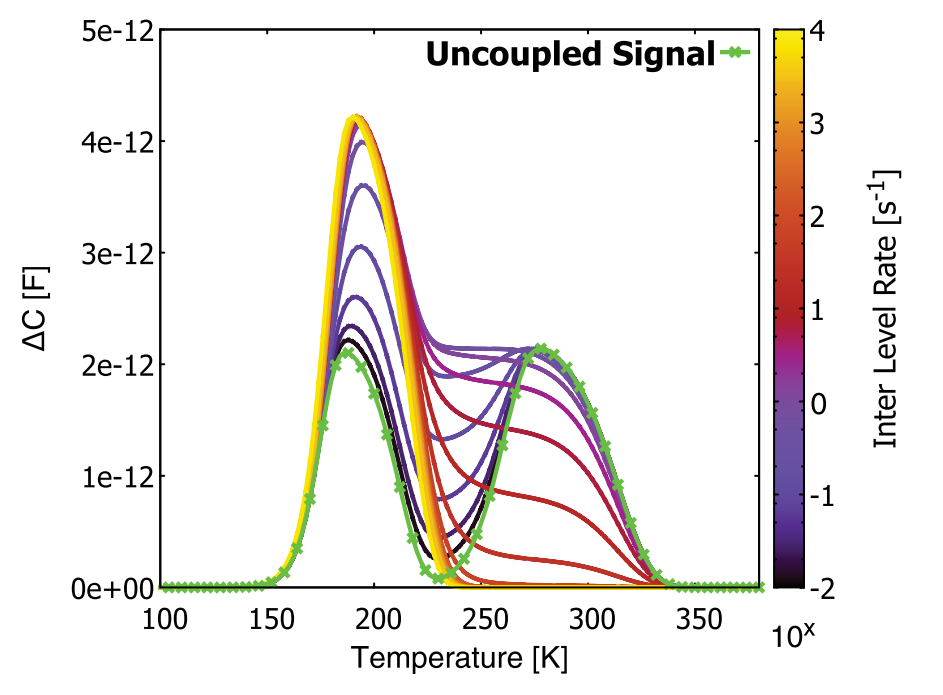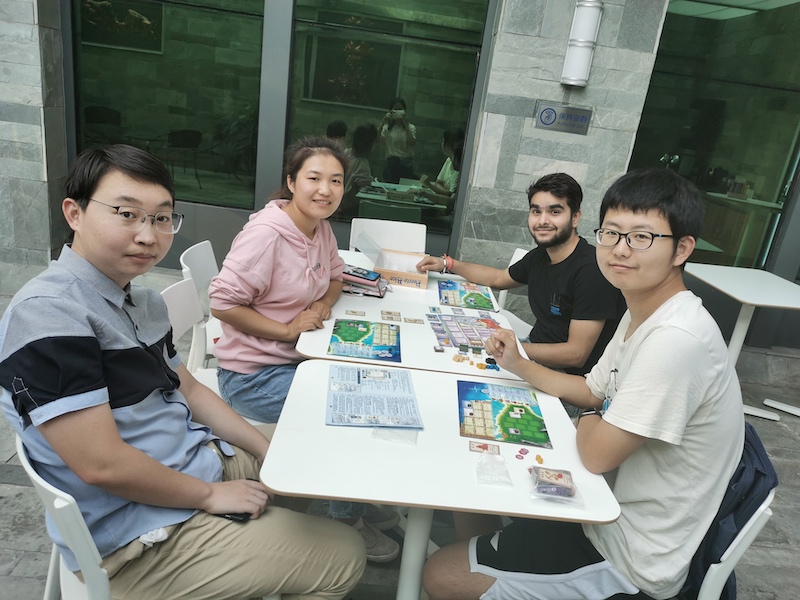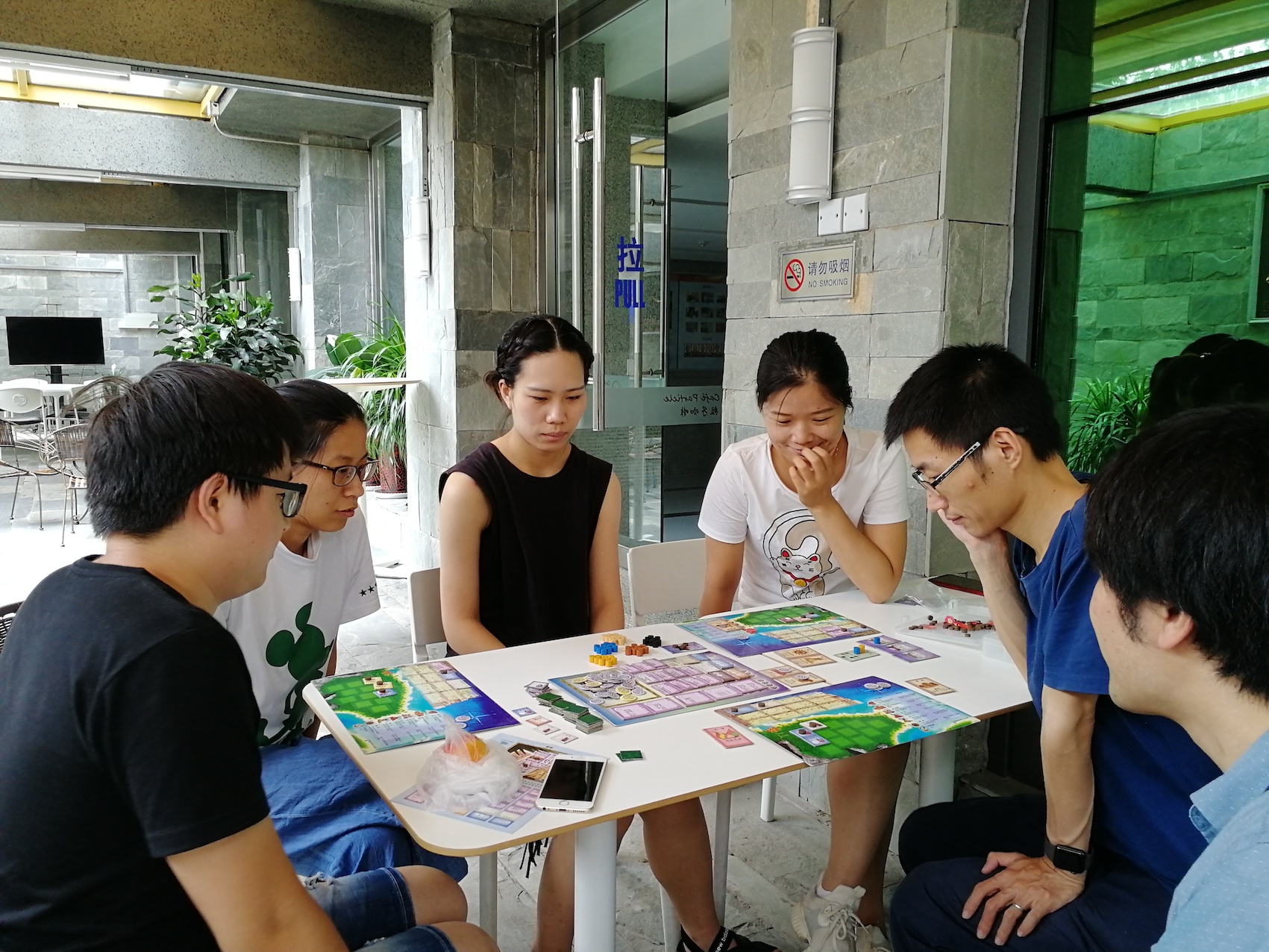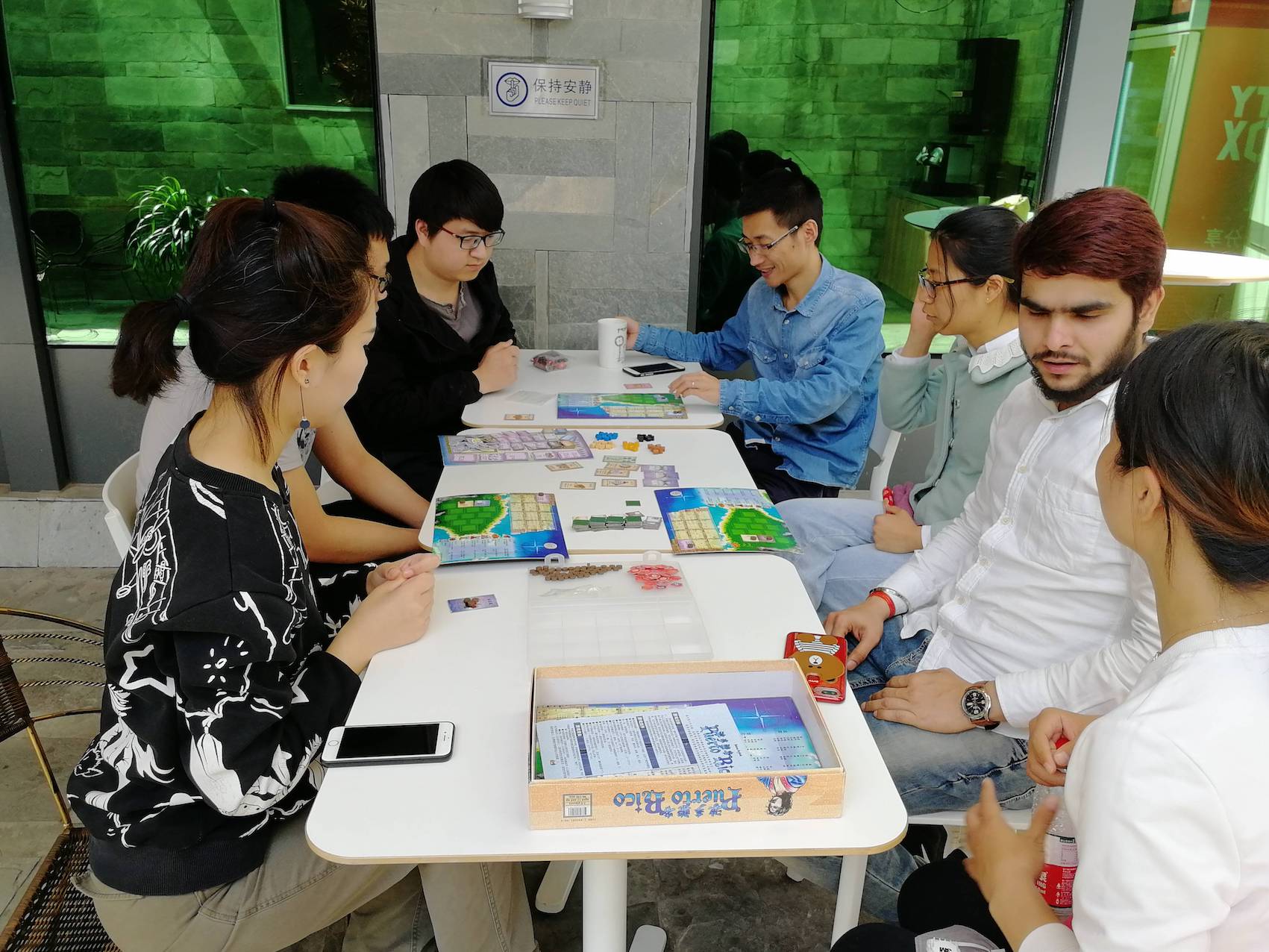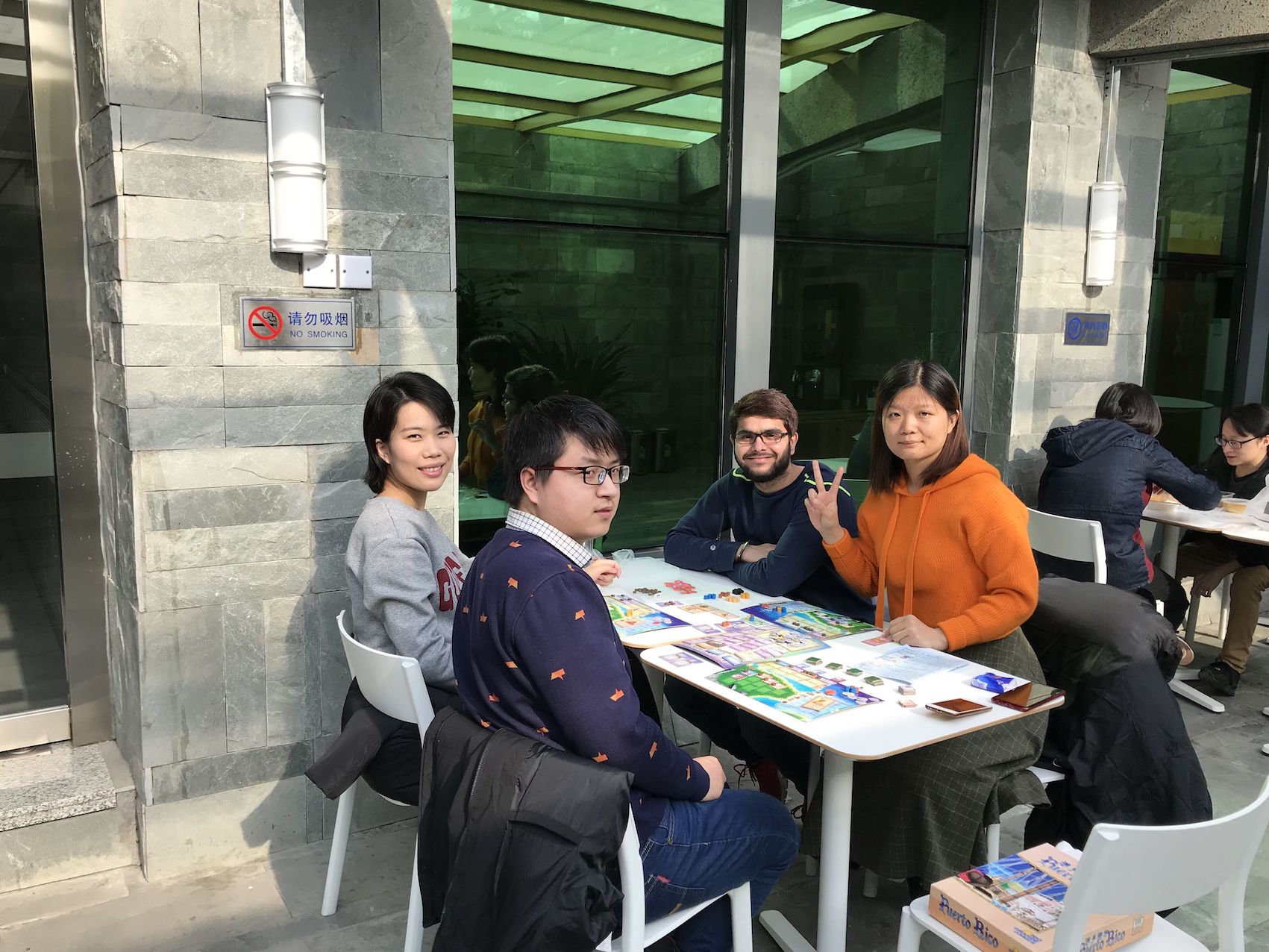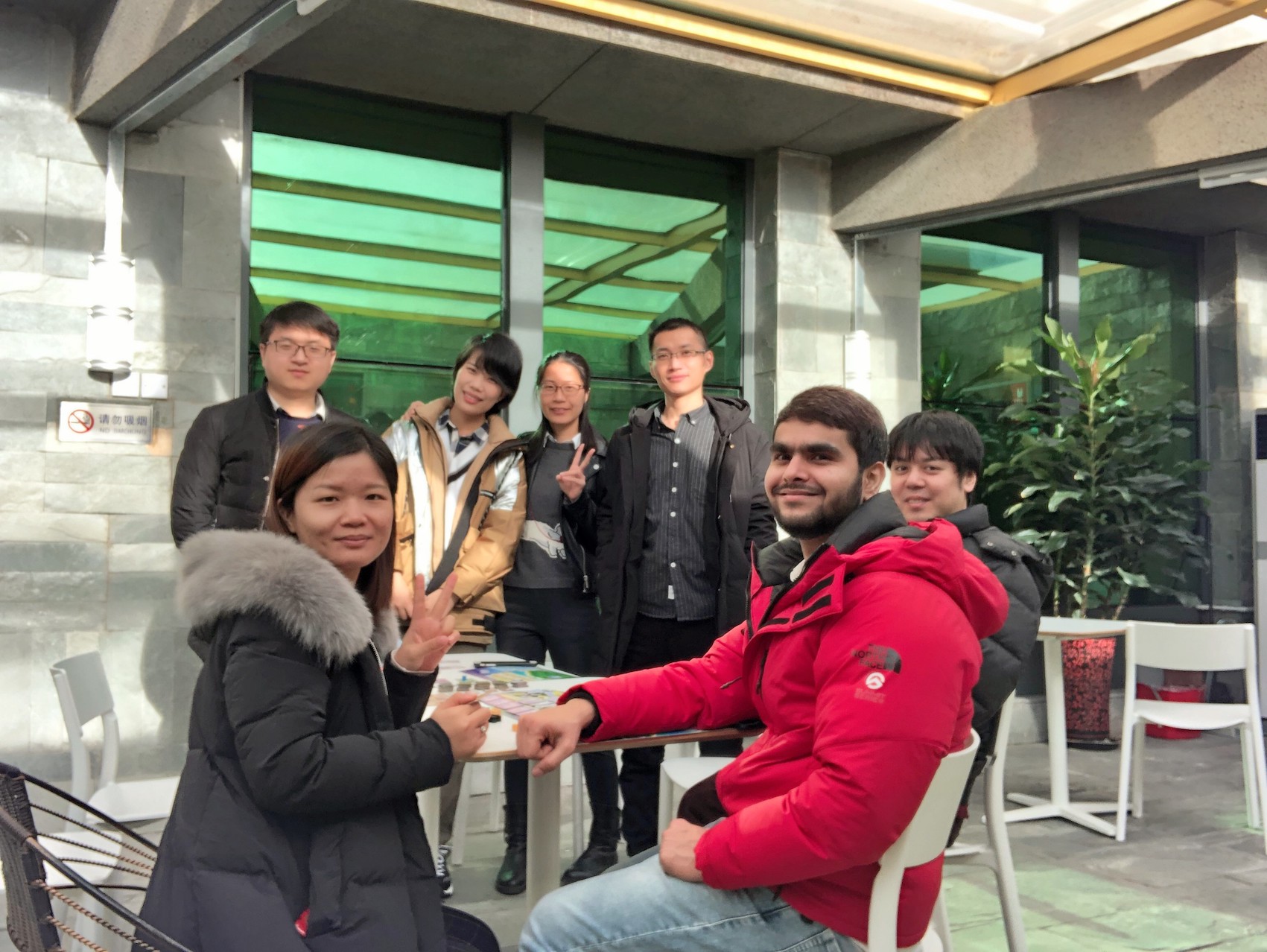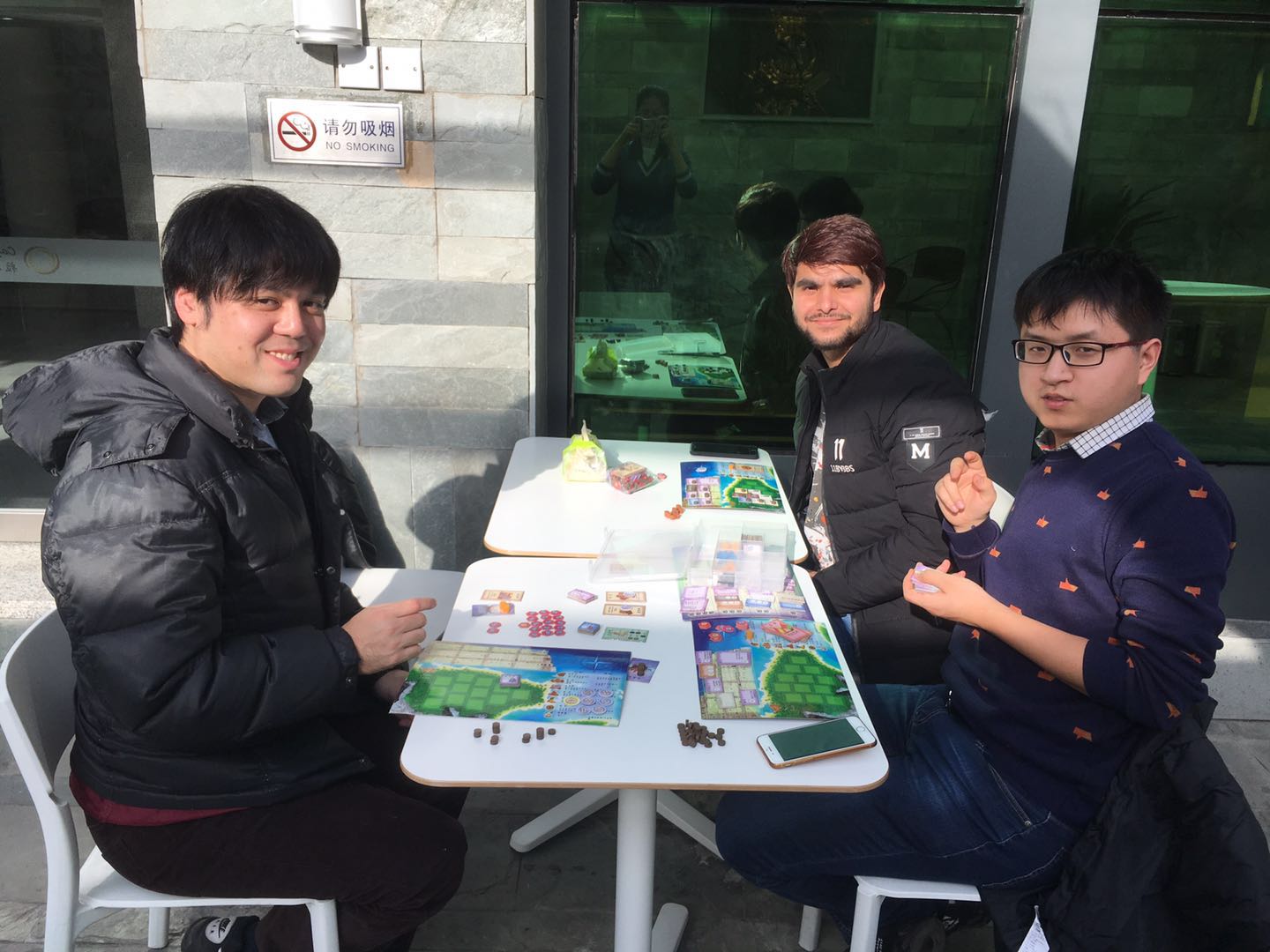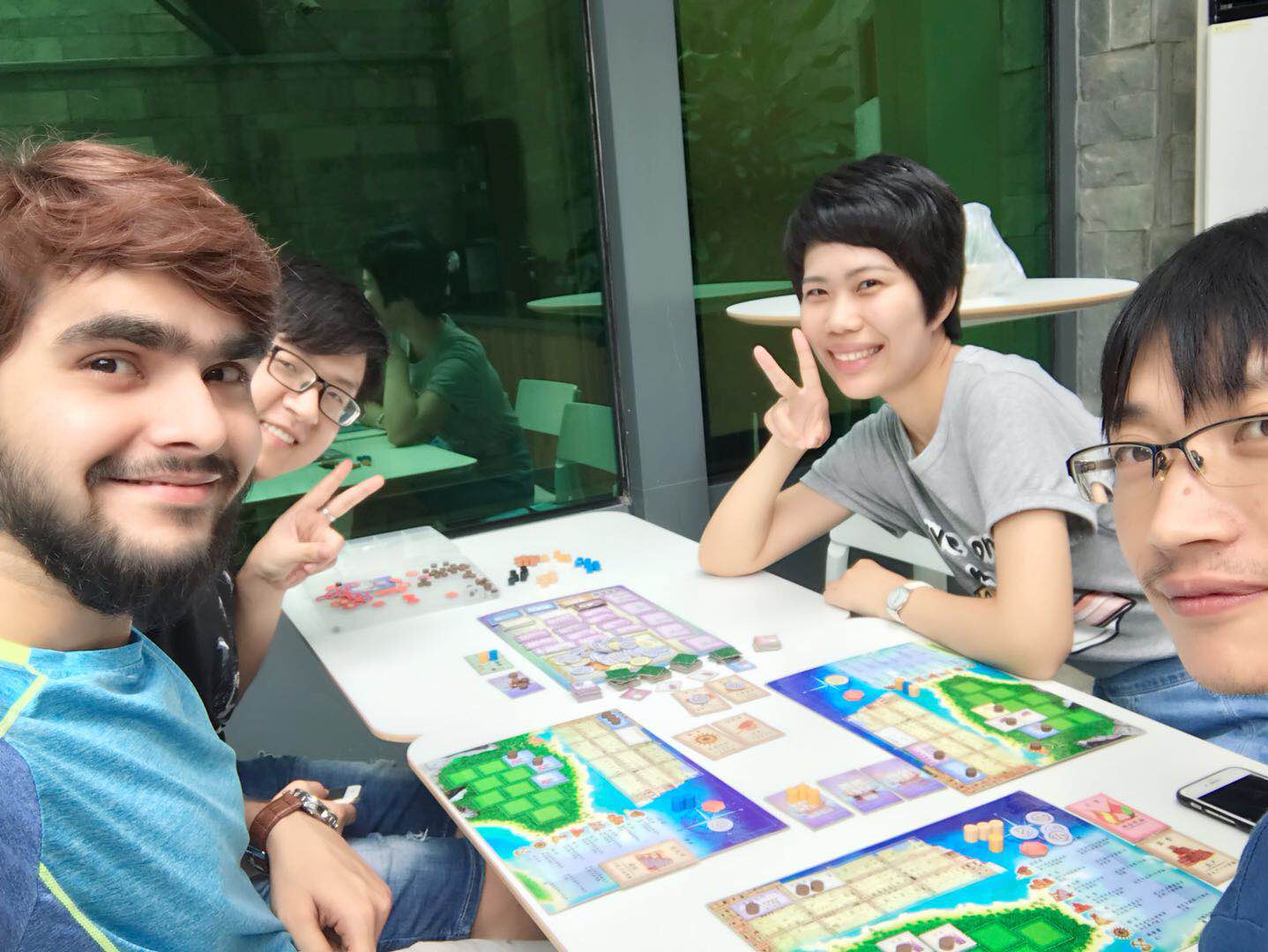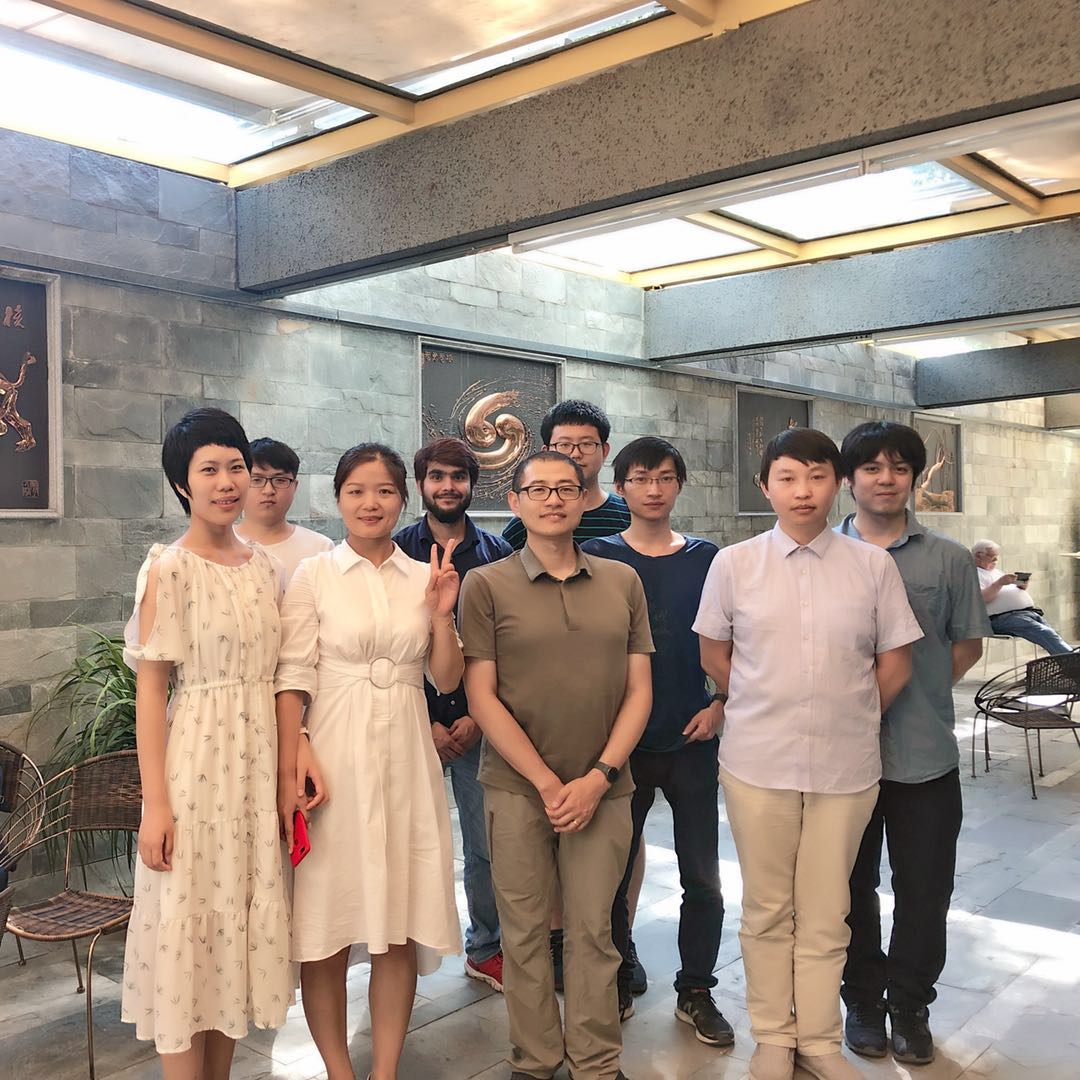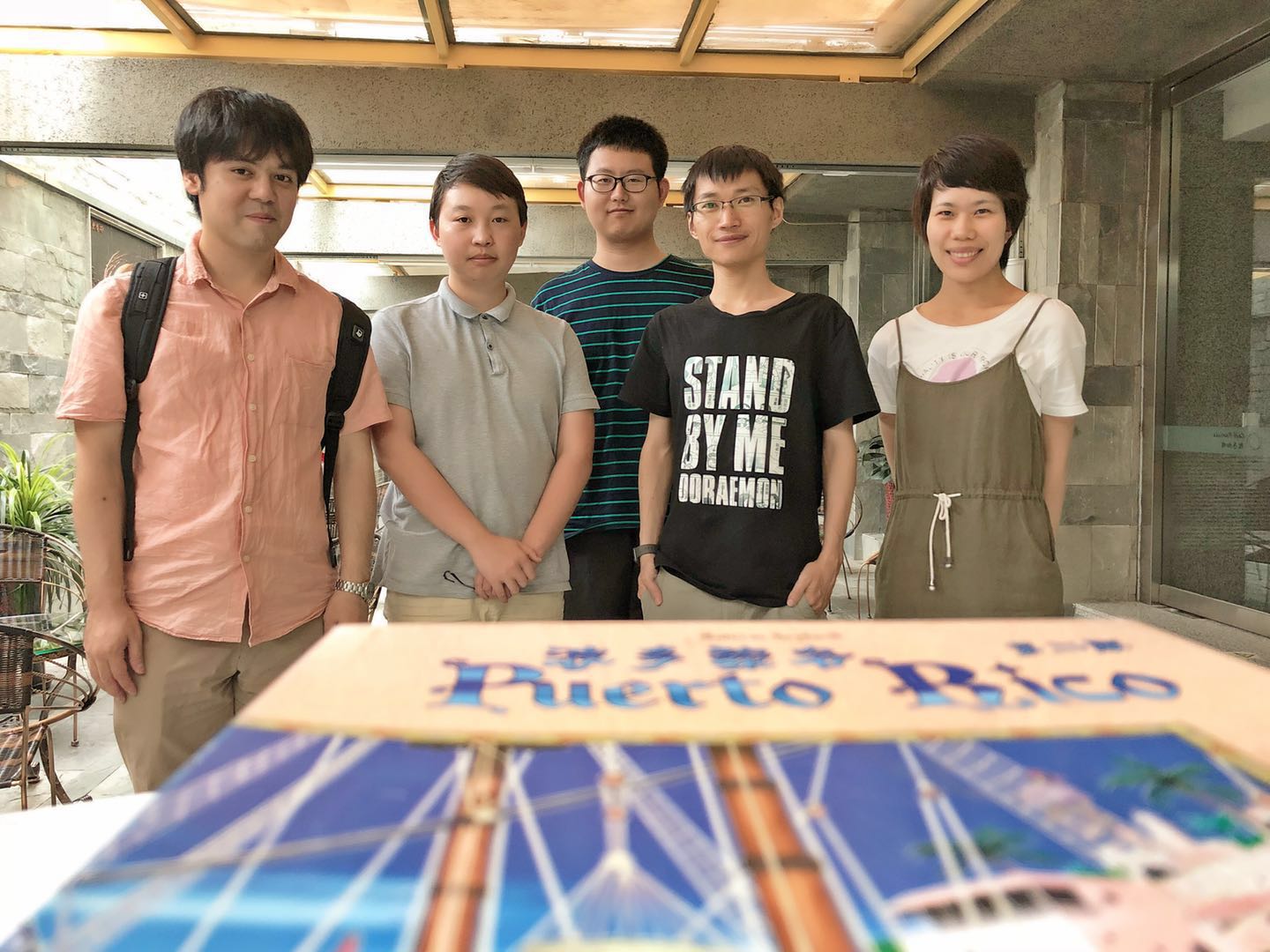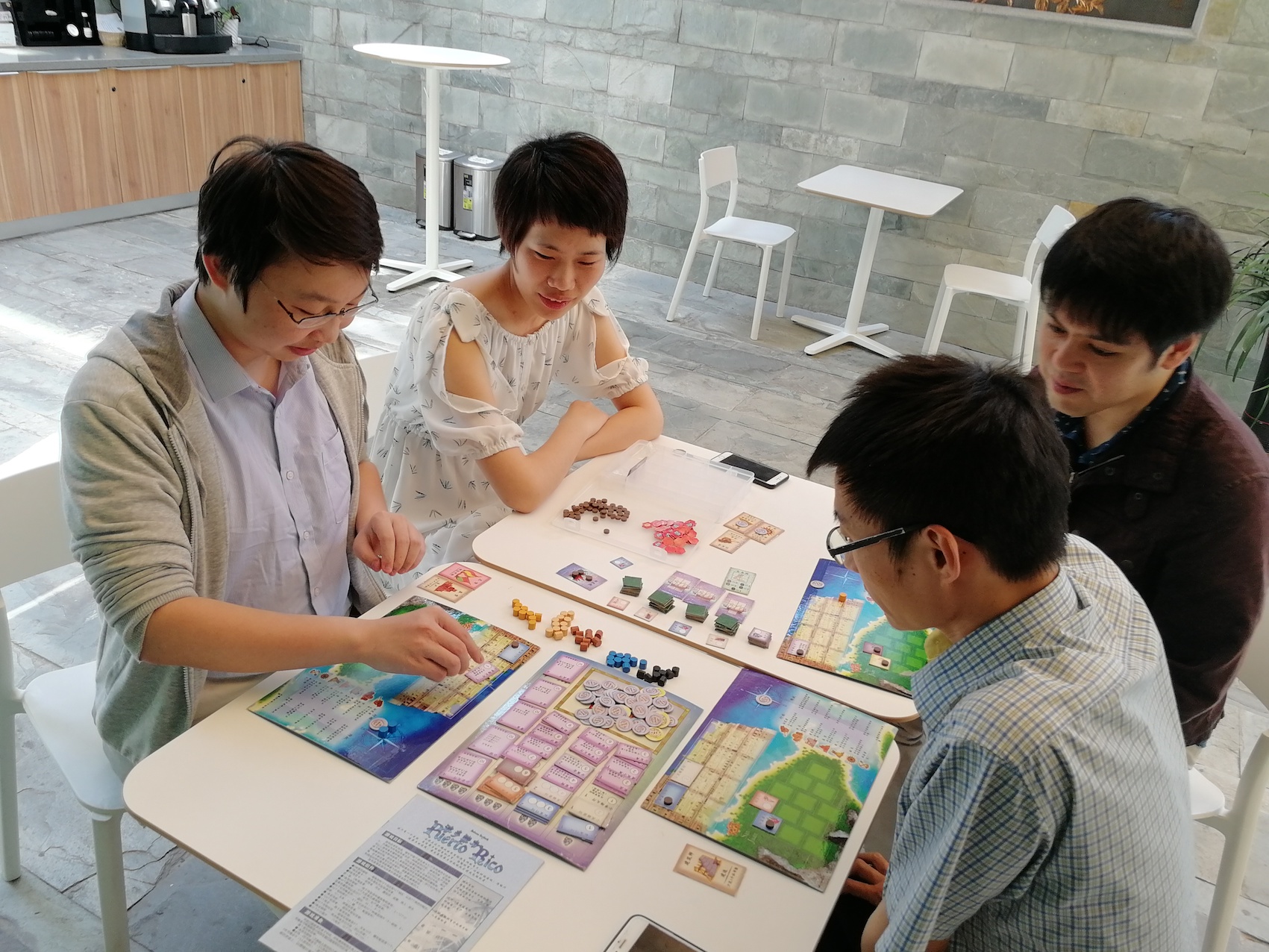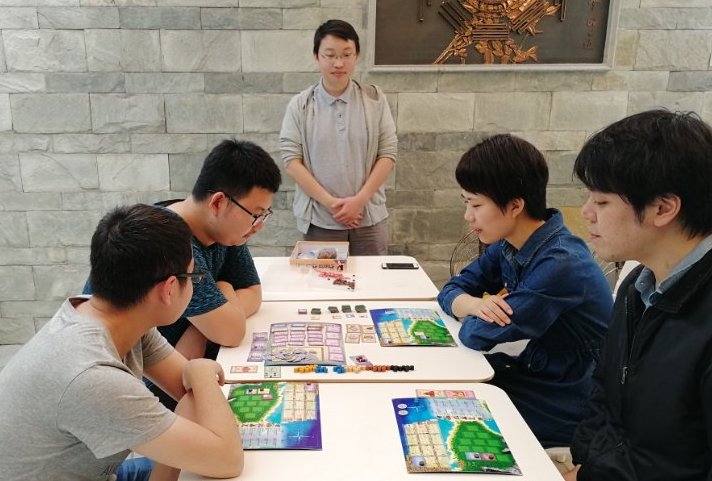https://indico.ihep.ac.cn//event/9242/
Xin has presented very interesting paper about “Seacrh for Scalor Dark Energy and mono-jet final states with the ATLAS detector”.
He has started his talk with the introduction of Dark Energy:
Accelerated expansion of universe continues one of the biggest mystries in cosmology and particle physics. The First evidence comes from High-Z supernovae searches and supernovae Cosmology Project. He stated that Dark Energy is a new type of matter adn was added to explain the repulsive force in the context of GR. It was also corroborated by Cosmic Microwave Background (CMB) and large scale structure of the universe.
The Models to describe Dark Energy are:
Modification of GR
Addition of new particles beyond the SM
Models with extra fields can have the same phenomenology as modified gravity models.
Cosmological observations alone not able to distinguish the two scenarios and Input from particle physics experiment is important for elucidating the microscopic nature of Dark Energy.
Direct and Indirect detection of Dark Energy:
Like Dark Matter searches by Direct and Indirect detection Method, also Dark Energy searches are ongoing by Direct and Indirect Methods. Some of the modes are Search for additional gravitational forces(“fifth force”)- deviation from inverse square law, search for photons produced by the interaction of DE with intense magnetic fields, direct detection of DE at colliders relies on the assumption of a non-zero coupling between th DE and SM fields, and essential ingradient for the screening of fifth force mediated by scalar DE fields.
In this direct search for DE at colliders, modification of electro-weak precision observables induced by virtual DE particles-found to yield very weak constraints on DE models through the direct production of DE particles.
Direct DE production is an effective way of detecting or constraining DE models- enhanced in final state with heavy quarks or high momentum transfer and certain types of couplings (disformal) of DE to SM matter cannot be constrained by local tests of gravity since they don’t generate fifth force.
further he presented the Lagrangian of Effective Field Theories for scalor DE and how it presents the kinetically dependent conformal and disformal(Mono-jet production).
Questions:
Yuhang’s Question:In table.3, how to get the value of +1σ,-1σ?
Answer: It depends on the signal production cross-section.
Shan’s Question: “What’s the commonly used methods for searching for the dark energy?”
Answer: Already explained in the Introduction part of this talk.
Kai’s Question: The dark energy effect is observed at very large scale on the galaxies very far away, i.e., the galaxies are getting further with accelerated speed. But is there any evidence observed that our milky way galaxy, or even our solar system being expanded by Dark Energy?
The Motivation behind this question is: If only the distances between galaxies are expanding, but galaxies themselves are not expanding at all, the density of dark Energy in our solar system/galaxy may be very very small. And considering that the amount of particles with similar or even higher energy in the sun/centre of the galaxy is far more than that production in the collider, I personally doubt the worth of searching dark matter in colliders.
Answer: The Dark Energy effect can observed by the expansion of the universe by looking the nearby galaxies through telescopes. It is confirmed that the galaxies are moving apart with an accelerated manner. But, We can’t assume that this effect will be present there in a galaxy to expand itself. If a galaxy is expanding (according to querry) then there would have not been enoguh matter available till now after big-bang and the disc would have been gone of a galaxy. Because of the presence of Dark Matter Haloes? in surrounding we can justify the galaxy rotation curve successfully. Yes, The density of the DE in the solar system/ galaxy is very very small and almost negligible.
Ryuta’s Question: Are there any indications on fifth force, or more specificly, on quintessence ?
Answer: Presently no. There is no observation for such quintessence.
Suyu’s Question: How could dark energy be produced in collider? We use conservation of energy to constrain target particle.
Answer: Missing Energy in the colliders like mono-jets can shed light. But, it is not well observed and still a long way to go.
Special Topic 63:
I have presented the Special topic “Tutorial on TTree and ROOT”.
I have presented the special topic data analysis using ROOT Tree. I have discussed the reading and writing and also defining tree in various formats. Later I have introduced about the TLorentzVector and it’s uses.
Yuhang Showed his JC-101 Paper “Radiation Hardness of Gallium doped low gain avalanche detectors” which he will present in next week’s meeting.


